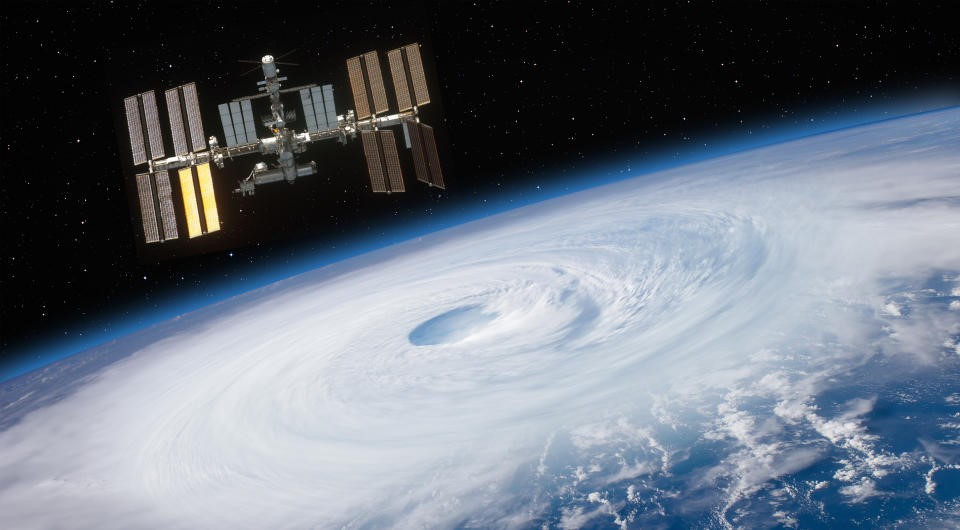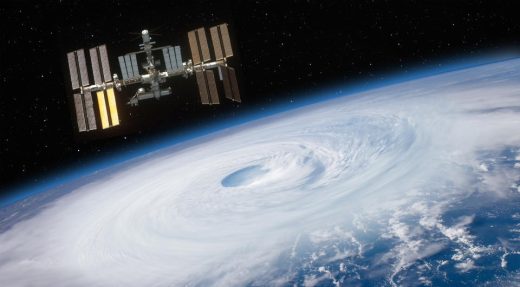NASA and IBM are building an AI for weather and climate applications
NASA and IBM are building an AI for weather and climate applications
They say the model will be able to predict meteorological phenomena and identify conditions conducive to wildfires.

NASA and IBM have teamed up to build an AI foundation model for weather and climate applications. They’re combining their respective knowledge and skills in the Earth science and AI fields, respectively, for the model, which they say should offer “significant advantages over existing technology.”
Current AI models such as GraphCast and Fourcastnet are already generating weather forecasts more quickly than traditional meteorological models. However, IBM notes those are AI emulators rather than foundation models. As the name suggests, foundation models are the base technologies that power generative AI applications. AI emulators can make weather predictions based on sets of training data, but they don’t have applications beyond that. Nor can they encode the physics at the core of weather forecasting, IBM says.
NASA and IBM have several goals for their foundational model. Compared with current models, they hope for it to have expanded accessibility, faster inference times and greater diversity of data. Another key aim is to improve forecasting accuracy for other climate applications. The expected capabilities of the model include predicting meteorological phenomena, inferring high-res information based on low-res data and “identifying conditions conducive to everything from airplane turbulence to wildfires.”
This follows another foundational model that NASA and IBM deployed in May. It harnesses data from NASA satellites for geospatial intelligence, and it’s the largest geospatial model on open-source AI platform Hugging Face, according to IBM. So far, this model has been used to track and visualize tree planting and growing activities in water tower areas (forest landscapes that retain water) in Kenya. The aim is to plant more trees and tackle water scarcity issues. The model is also being used to analyze urban heat islands in the United Arab Emirates.
(8)



